
BEES
Click on a species of bees below to learn further information.
Introduction
Bees are similar to wasps except that bees have denser and more featherlike body hair than wasps; and, also, bees feed their young pollen and nectar, while wasps feed their young meat (mostly captured insects or spiders). Honeybees and Bumblebees both live in colonies and are called social insects. Carpenter bees and sweat bees do not live in colonies and are called solitary insects. Solitary bees sometimes sting people but the sting is mild, unlike the more painful sting of the social bees. All bees, wasps, yellow jackets, mud daubers, and ants belong to a rather sophisticated (= more specialized) order of insects: Order Hymenoptera. All the Hymenoptera have a complete metamorphosis.
The honeybee is the bee most frequently encountered by the PCO. Therefore, most of the content will be on that bee. Most honeybees live in the hives of commercial or amateur beekeepers, but some live in tree hollows, attics and wall voids of vacant buildings, etc.
Honeybees in the U.S. are not overly aggressive. However, a strain of African bee, brought to South America to increase honey production, escaped and mated with South American wild bees. This resulted in a very aggressive wild bee, called the "killer bee" (or the "Afircanized bee"). It attacks people and other animals in swarms. Hundreds at one time have been seen vigorously pursuing and attacking their victim. This bee is now making its way slowly up through Central America to the U.S. Researchers disagree on whether or not the Africanized bee will mate with other bees and become less aggressive by the time it arrives in the U.S.
Click on a species of pest below to learn further information.
Having trouble with Pests?
Give us a call: 661-645-6855
Or have Traffic contact you today and get a FREE estimate for:
Your Neighborhood Bug Guys!
Traffic Pest Solutions (LA)
15828 Toscana Ct.
Santa Clarita, CA 91387
Phone: (661) 645-6855Santa Clarita, CA 91387

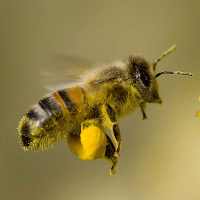 Honey Bees
Honey Bees Carpenter Bees
Carpenter Bees Bumble Bees
Bumble Bees Sweat Bees
Sweat Bees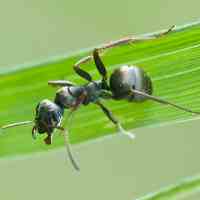 Ants
Ants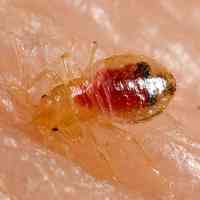 Bed Bugs
Bed Bugs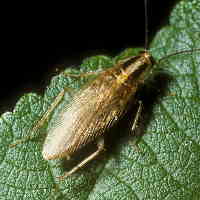 Cockroaches
Cockroaches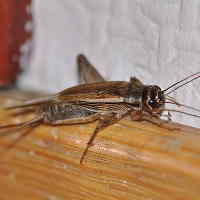 Crickets
Crickets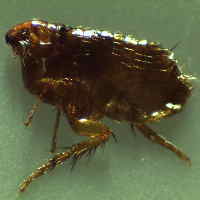 Fleas
Fleas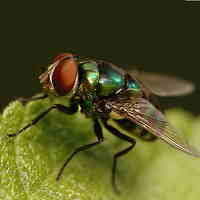 Flies
Flies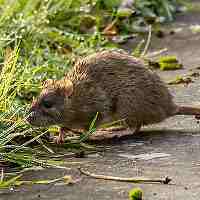 Rodents
Rodents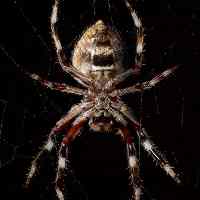 Spiders
Spiders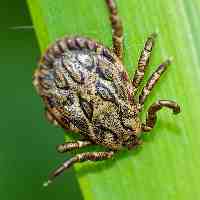 Ticks
Ticks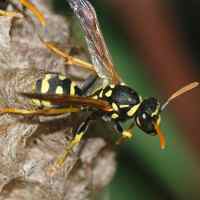 Wasps
Wasps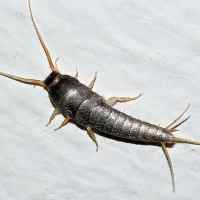 Silverfish
Silverfish